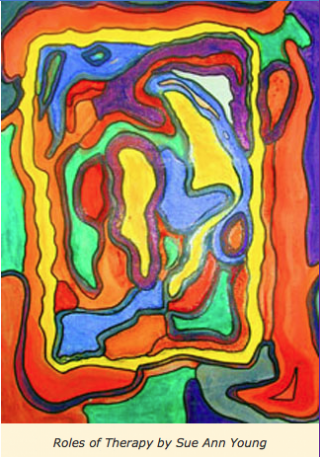In today’s fast-paced and ever-changing world, mental health has become a pressing concern for many. Stress, anxiety, and depression are amongst the most common challenges people face. As a result, the demand for therapy services has skyrocketed. Traditional counseling has long been the go-to option, but with the advancement of technology, virtual counseling has emerged as an increasingly popular alternative. In this article, we will explore the various therapy options available and delve into the benefits and drawbacks of both traditional and virtual counseling.
Traditional Counseling
Traditional counseling, often referred to as face-to-face therapy, has been the standard approach for centuries. This approach involves meeting with a therapist in person at their office or a designated therapy center. Clients have the opportunity to engage in direct, personal interactions with their therapists, creating a safe and confidential environment conducive to healing.
Benefits of Traditional Counseling:
Personal Connection: Meeting face-to-face allows for deeper personal connections, as therapists can observe body language and other non-verbal cues, fostering a stronger therapeutic alliance.
Non-Digital Environment: Traditional counseling provides an escape from the digital world, allowing clients to disconnect and focus solely on their mental well-being.
Multisensory Experience: Being physically present in a therapy session incorporates various senses, enhancing the overall therapeutic experience.
Drawbacks of Traditional Counseling:
Geographical Limitations: Finding a qualified therapist within proximity can be challenging, especially for individuals living in remote areas.
Inconvenience: Traditional counseling requires scheduling appointments, commuting, and potentially dealing with long wait times, making it less convenient for busy individuals.
Stigma and Privacy Concerns: Some individuals may feel uncomfortable seeking therapy in their local community due to potential stigmas or concerns about their privacy.
Virtual Counseling
Virtual counseling, also known as online therapy or telemental health, is a relatively new approach that utilizes technology to provide therapy services remotely. Clients can connect with licensed therapists through video calls, audio calls, or even text-based platforms. Virtual counseling has gained traction due to its accessibility, convenience, and affordability.
Benefits of Virtual Counseling:
Accessibility: Virtual counseling eliminates geographical barriers, allowing individuals from anywhere in the world to access a wide range of therapists.
Convenience: Online therapy offers flexible scheduling options, reducing the impact on clients’ daily routines and avoiding the need for extensive travel.
Increased Anonymity: For those concerned about privacy, virtual counseling offers the option to remain anonymous, enabling individuals to seek therapy without fear of judgment or social repercussions.
Drawbacks of Virtual Counseling:
Limited Non-Verbal Cues: While video calls allow for visual interactions, they may not capture all non-verbal cues, potentially limiting the quality of communication between clients and therapists.
Technology Dependencies: Technical issues such as poor internet connectivity or equipment malfunctions can disrupt sessions and hinder the therapeutic process.
Less Personal: Virtual counseling lacks the physical presence and tactile experiences offered by traditional counseling, which can impact the depth of personal connection and emotional bonding.
Choosing the Best Option
Deciding between traditional and virtual counseling depends on individual preferences and circumstances. Some individuals may value the personal touch and sensory aspects of face-to-face therapy, while others prioritize convenience, accessibility, and anonymity provided by virtual counseling.
Ultimately, the goal is to find a therapy option that aligns with one’s needs and comfort level. Both traditional and virtual counseling have proven to be effective in improving mental well-being and helping individuals navigate life’s challenges. It is advisable to explore the available options, consult with professionals, and take a step towards prioritizing mental health.
In conclusion, the expanding world of therapy options offers individuals an opportunity to seek the help they need, whether it be through traditional counseling or virtual counseling. It is important to remember that seeking therapy is a courageous step towards self-discovery, healing, and personal growth. Choose the option that resonates with you and embark on a journey towards a healthier and happier life.




